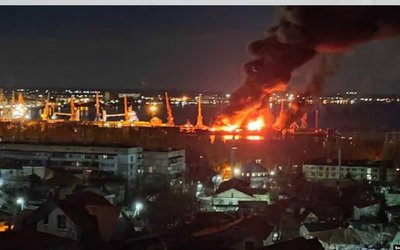
Violence against women and girls takes place across the world in normal times. Even before COVID-19 existed, domestic violence was already one of the greatest human rights violations. There are reports that in the previous 12 months, 243 million women and girls (aged 15-49) across the world have been subjected to sexual or physical violence by an intimate partner. Similarly, progress toward equality in work and society has stayed relatively flat in the five years between 2014 and 2019.
As the COVID-19 pandemic continues, during self or home quarantine, this number has significantly grown with multiple impacts on women’s wellbeing, their mental and physical health, and their ability to participate and lead in the recovery of society.According to a UN report, countries have experienced an average 30% increase in calls to domestic violence helplines since the start of the pandemic
Loss of income, harmful social norms or traditional practices, lack of health services (including reproductive health), and lack of safe shelter for GBV survivors are among some of the top reported GBV risks.However, the magnitude of violence against women and girls indicates that GBV is not just an isolated incidence, but created by unequal power relations between women and men, and rigid gender roles, norms and hierarchies. Further, there are multiple inequalities between men and women based on intersecting identities such as caste, ethnicity, race, (dis)ability, age, sexual orientation and civil status.
Many people who confronted with the COVID-19 pandemic have experienced high levels of psychological and economic distress and that many people have used negative coping strategies for adapting to this crisis.Girls in South Asia are at risk of early or forced marriage due to an increasing number of children falling into poverty. UNFPA estimates indicate that the COVID-19 will disrupt efforts to end child marriage, potentially resulting in an additional 13 million child marriages taking place between 2020 and 2030 that could otherwise have been averted.
In Iraq, the World Food Programme (WFP) has estimated that there could be an additional 1.5 million people outside of conflict-affected areas in acute need of food assistance in 2020 due to the impact of COVID-19, and noted that an estimated 5.3 million people are using negative coping strategies and could see their living conditions deteriorate.
As we celebrate International Women’s Day on March 8, 2021, this day is very important to raise a global awareness for gender responsive response to the COVID-19 pandemic. The theme -Women in leadership: Achieving an equal future in a COVID-19 world is very relevant as it's now clear that the COVID-19 pandemic is not just a health issue. It’s human, economic and social crisis and the impact of COVID-19 has hit women harder than men in a number of ways.
We need to take action now for gender responsive response to the COVID-19 pandemic taking into account for women’s and girls’ specific needs, risks and roles in the response as care providers and increased exposure to GBV with confinement measures.
On the one hand, there is an immediate need to contain the spread of the coronavirus and to strengthen livelihoods and resilience of most affected and at-risk women.On the other hand, there is a need to increase women’s leadership and voice in the COVID-19 response, and to support positive social norms to prevent and mitigate violence against women and girls.
We must apply a gender lens to COVID-19 response.The governments should take lead through multisectoral action supported by international community and civil society.
Author: Dr. Prabin Manandhar is an expert of international development. Currently, he is working in Iraq as Country Representative of The Lutheran World Federation. He is the Former Chair of the Association of International NGOs in Nepal (AIN). He is also a visiting faculty at the Kathmandu University and the Tribhuvan University Institute of Crisis Management Studies. He can be reached at prabin.manandhar11@gmail.com
- Reclaiming Nepal’s Budget From Hidden Hands
- Jun 07, 2025
- Redefining Regional Cooperation: How SAARC can evolve like ASEAN
- May 11, 2025
- From Nepal to Myanmar: Navigating Earthquake Response Lessons
- Apr 13, 2025
- World Humanitarian Day 2024: Committing to Peace and Accountability
- Aug 19, 2024
- Nepal Investment Summit: Unlocking Economic Potentials For Growth And Development
- Apr 28, 2024
















